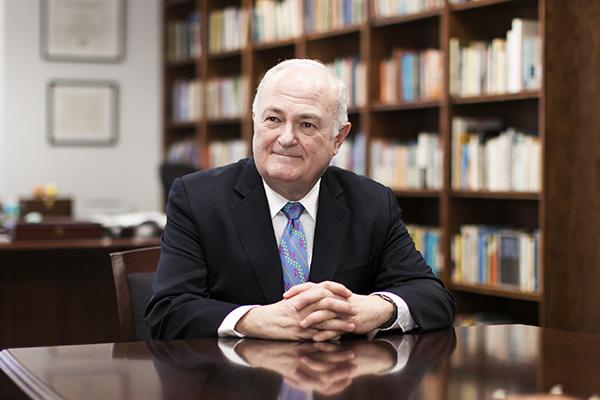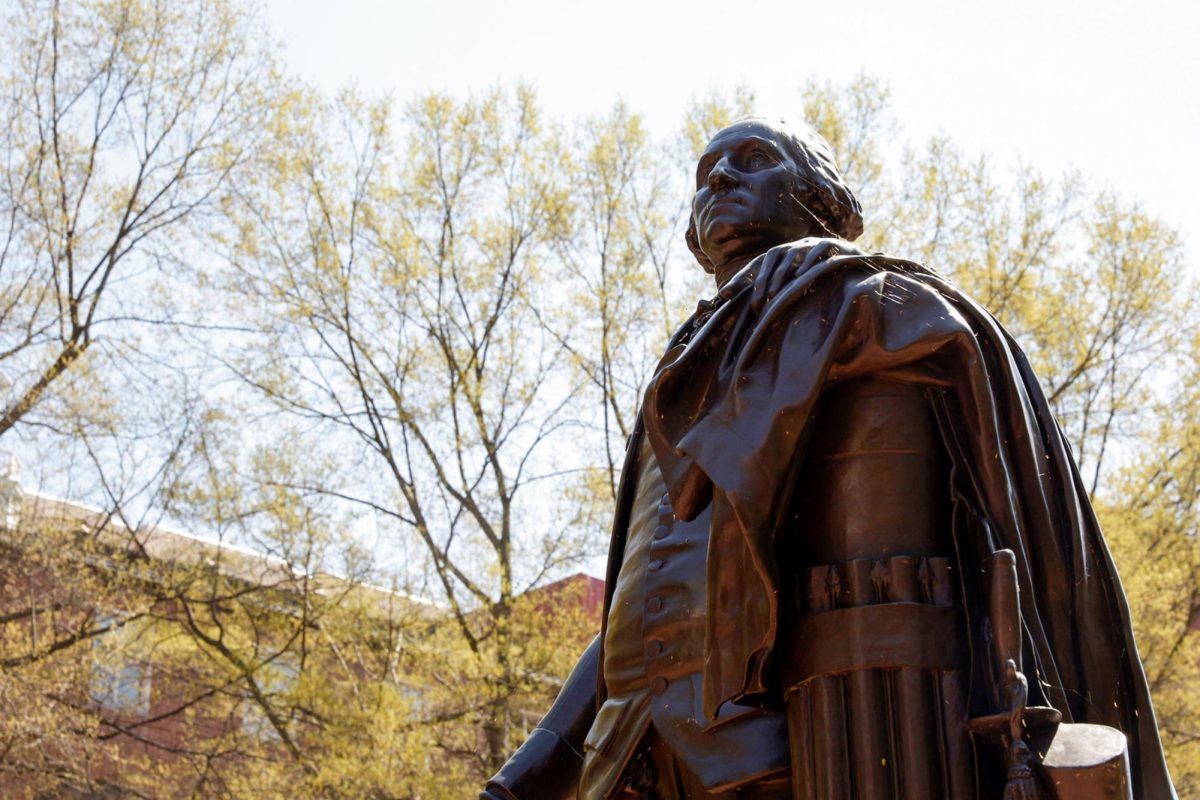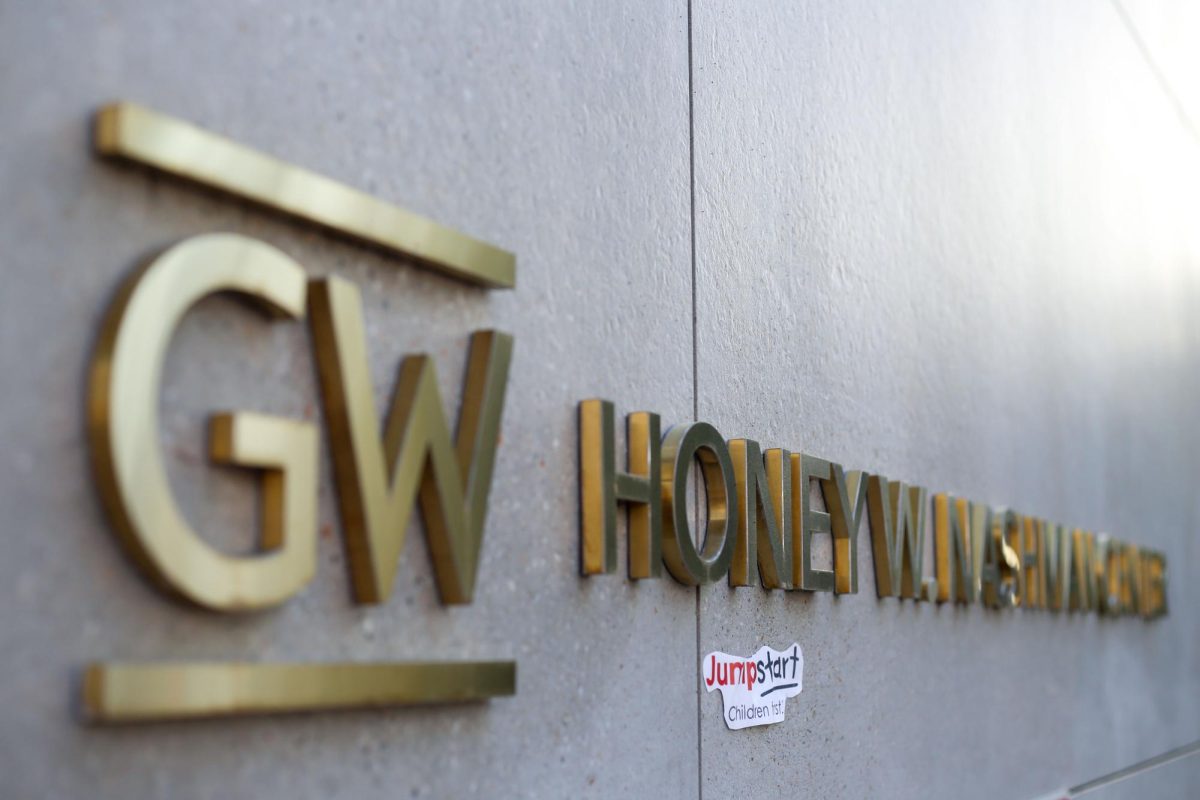Updated: March 28, 2016 at 10:40 a.m.
GW is nearly at full capacity.
Officials expect that the total student population will reach 99.8 percent of the 16,553 full-time students allowed on campus in the fall, a cap set in a 20-year agreement with the city. The University’s chief academic officer said he is working with officials to expand off-campus opportunities and prevent GW from hitting its enrollment cap.
Last year, officials grew the freshman class slightly in an effort to increase revenue following a budget shortfall. Officials also plan to enroll a slightly larger freshman class this fall.
Interim Provost Forrest Maltzman said that with the number of students increasing almost to the maximum level allowed, GW will have to reconsider which classes would be most appropriate to be on campus, off campus or online.
“It is likely that more graduate programs will be located off campus and that we will expand the number of graduate courses taught online,” Maltzman said in an email.
While officials have not said they are planning to make changes to the campus plan, GW has altered the current agreement at least five times since it was created in 2006 to adjust for changes new construction projects. The most recent change to the plan came as part of the renovation to GW Hillel’s building at 23rd and H streets.
University President Steven Knapp has proposed lifting the enrollment cap for years. Last month, he spoke at a Metropolitan Washington Council of Governments meeting to talk about the economic advantage of lifting the caps.
“This is an important public policy matter for District officials to consider as they plan for the future of our city,” Maltzman said.
GW’s two D.C.-based peer schools, Georgetown and American universities, both have specific enrollment caps of 14,106 and 13,600 students, respectively. Several of GW’s other peer schools do not specify a number in their campus plans, simply saying that they plan for future growth. New York University, for example, plans to add 1,000 more undergraduate students by 2031.
David Neuman, the founding principal at Neu Campus Planning, said ballooning enrollment figures could strain an area’s public services – like police forces and utilities. He said enrolling enough students to nearly max out the enrollment cap could mean GW will have to make more agreements with Foggy Bottom about how those resources are used.
Neuman, who has been involved with the campus plans at Stanford University and the University of Virginia, said it is common for universities to make arrangement with neighbors who may be concerned about increasing enrollment. In the past, neighbors have complained about noise and rowdiness from students living off campus.
“You have to have that balance between the impact and the benefits that they have, the neighbors and the political forces,” Neuman said. “There can be some explanation that allows for growth and manages that growth properly.”
Liz Provencher contributed reporting.
This post is updated to reflect the following correction:
The Hatchet incorrectly reported that officials expect the undergraduate student population to fill 99.8 percent capacity. It is actually the total number of full-time students that will near the enrollment cap. The Hatchet also incorrectly reported that undergraduate students are 99.8 percent of 20,000 students. They are 99.8 percent of 16,553 students. We regret this error.







